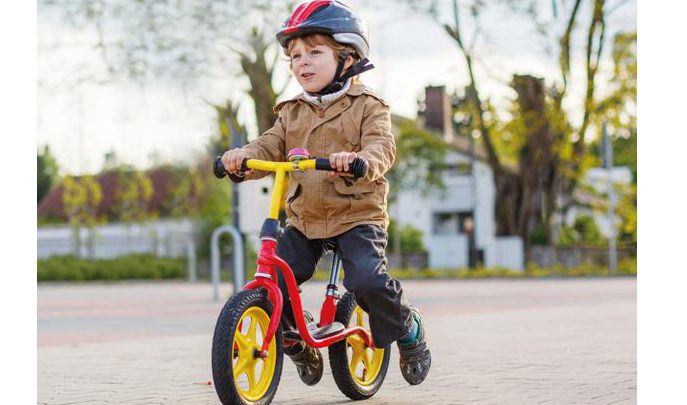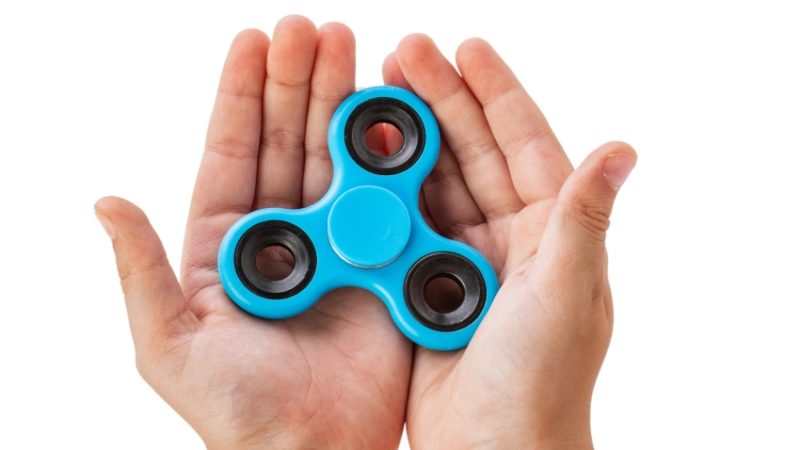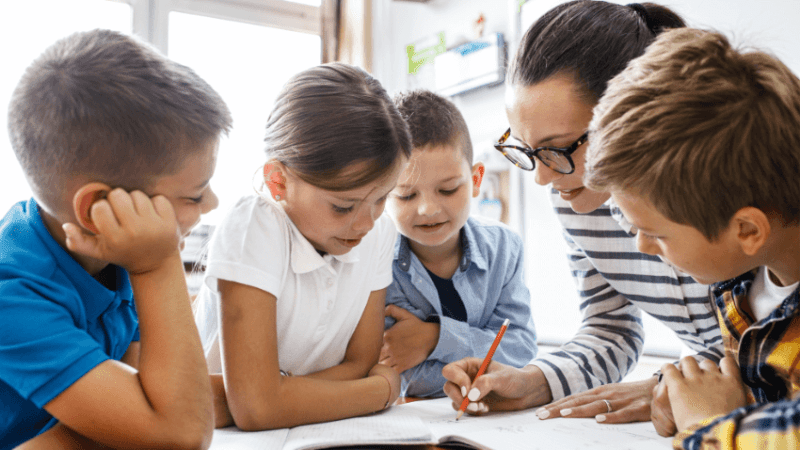How Learning To Cycle Can Help Children With SEND

We find out how the physical development and confidence levels of children with SEND can be given a boost through cycling…

- by Teachwire

The Chalet School in Swindon caters for children with complex learning difficulties. Two years after adopting the mainstream learn-to-cycle programme Balanceability, it’s seen not just a dramatic rise in the number of children who’ve learned to ride a bike, also rapid progress in many other skills.
“Lots of children may not be able to access reading and maths, but for those who are physically able, riding a bike is a pretty amazing, tangible and achievable thing.” says Liz Lloyd, who delivers the programme at the Chalet School. “Our mission is to have every child leave Y6 able to cycle, but we see many other benefits too.”
Over in Northern Ireland, Balanceability trainer Gregory Massey works with older children between the ages of nine and 16 who have autism and Asperger’s. He observes that, “The ability to ride a bike means that a child can go and play with friends, cycle to school or on holiday, or just cycle to the shop to get an ice-cream.”
Boosting balance
Learning to cycle helps generate multiple positive outcomes because children master one skill in particular – balance. Patricia Maude, Emeritus Fellow at Cambridge University’s Homerton College, specialises in children’s physical literacy and advised on specific elements of the Balanceability programme. Balance, she explains, underpins just about everything we do. Without it, we can’t sit at a table to eat or write; nor can we stand, walk, run or do pretty much anything with our bodies.
Learn-to-cycle programmes that use balance bikes are brilliant, she says, because as well as boosting balance they help children build on previous skills. The games that Balanceability participants take part in help to develop balance and stability across the body’s midline – important when standing still or sat in a bike saddle. They also promote the development of dynamic balance, enhancing stability on alternate sides of the body – something noticeable when walking along a bench, for example.
Each new skill builds slowly and steadily on skills that have been previously learnt. Once a child can balance on one leg, for example, they can try to do so with their eyes shut. As soon as they’ve mastered walking along a line on the ground, they can have a go at stepping stones.
“The progressive activities that form the building blocks of each element of biking provide seamless routes to successful cycling and encourage young children to become independent learners,” says Patricia. “Put those two things together and you’re giving children access to a world they may never access otherwise – or at least be unlikely to acquire at the same speed as they would through taking part in a programme like Balanceability.”
Progressive skills
Once teachers are trained up, the Balanceability programme is then theirs to adapt as they see fit, depending their cohort.
Liz Lloyd explains the approach in place at the Chalet School: “We group children by ability, not age. Children who need to work on their gross motor skills and balance join the ‘balance games’ group. Those who need to work on coordination will be introduced to balance bikes. We might also have a group transitioning to pedal bikes, so I could have a six-year-old and a 10-year-old in the same group.”
Another key consideration is time. Those overseeing the Balanceability programme pride themselves on being able to get most children riding a balance bike within 12 sessions, while at the Chalet School, time normally goes out of the window. As the school’s PE lead Claire Morris notes, “We think in years, not weeks. Whatever pace the children want to do and need to work at, that’s what we do. The children will get there, and it’s amazing how much progress they can make in a short space of time.”
Materials can also be adapted. Gregory Massey, for example, makes enlarged copies of the Balanceability visual resources and sticks them on the classroom wall so that the children know exactly what to expect from each activity and how long it will take, down to the second. “We adapt everything to their needs to minimise anxiety,” he explains.
Balanceability’s standard milestones can also be broken down into dozens of ‘minimilestones’. “We see each tiny progression as a massive outcome and celebrate every little achievement,” says Liz. “If a child has improved 0.001%, we know that’s amazing. This isn’t a ‘quick fix’ programme, but if you can take the long view, it’s phenomenal.”
“HE WAS OFF!”
Liz Lloyd expands a little further on how the Balanceability programme works in practice…
Balance building
At first, Henry wouldn’t even stand on the footprint shapes that serve as ‘stepping stones’ in Balanceability’s balance games. It took a whole year of Liz repeatedly using the shapes to encourage Henry to develop a left-right stepping motion, but he can now complete all of the Balanceability balance games independently, and his overall balance has improved dramatically.
Stamina and fitness
Children later learn to propel themselves forward on lightweight balance bikes by keeping their feet on the ground, using the same stability and stepping skills developed in the balance games. Amelia could do this but tired easily, prompting Liz to adapt the activities to better suit Amelia’s needs. “At first she could only manage 20 seconds before stopping for water,” Liz recalls. “Now she can do 25 minutes.”
Spatial awareness and focus
At first, Stanley kept crashing into things. He was in a balance bike group that Liz oversaw in the school’s hall, following cones and tracks and gradually boosting his spatial awareness. One day she took him outside to a track running around the perimeter of the playground. “It was brilliant – he was off! We couldn’t believe how focused he was. He stayed on the rack and stopped where I asked him to. His spatial awareness had improved tenfold.”
Social opportunities
Outside of school, Liz notes, “Cycling opens up so many opportunities, now and in the future. These children may not be able to sit down and tell mum or dad what kind of day they’ve had, they might not be able to sit down and play a board game – but they can all go on a bike ride together.”
To find out more about the Balanceability programme, visit balanceability.com or follow @balanceability











